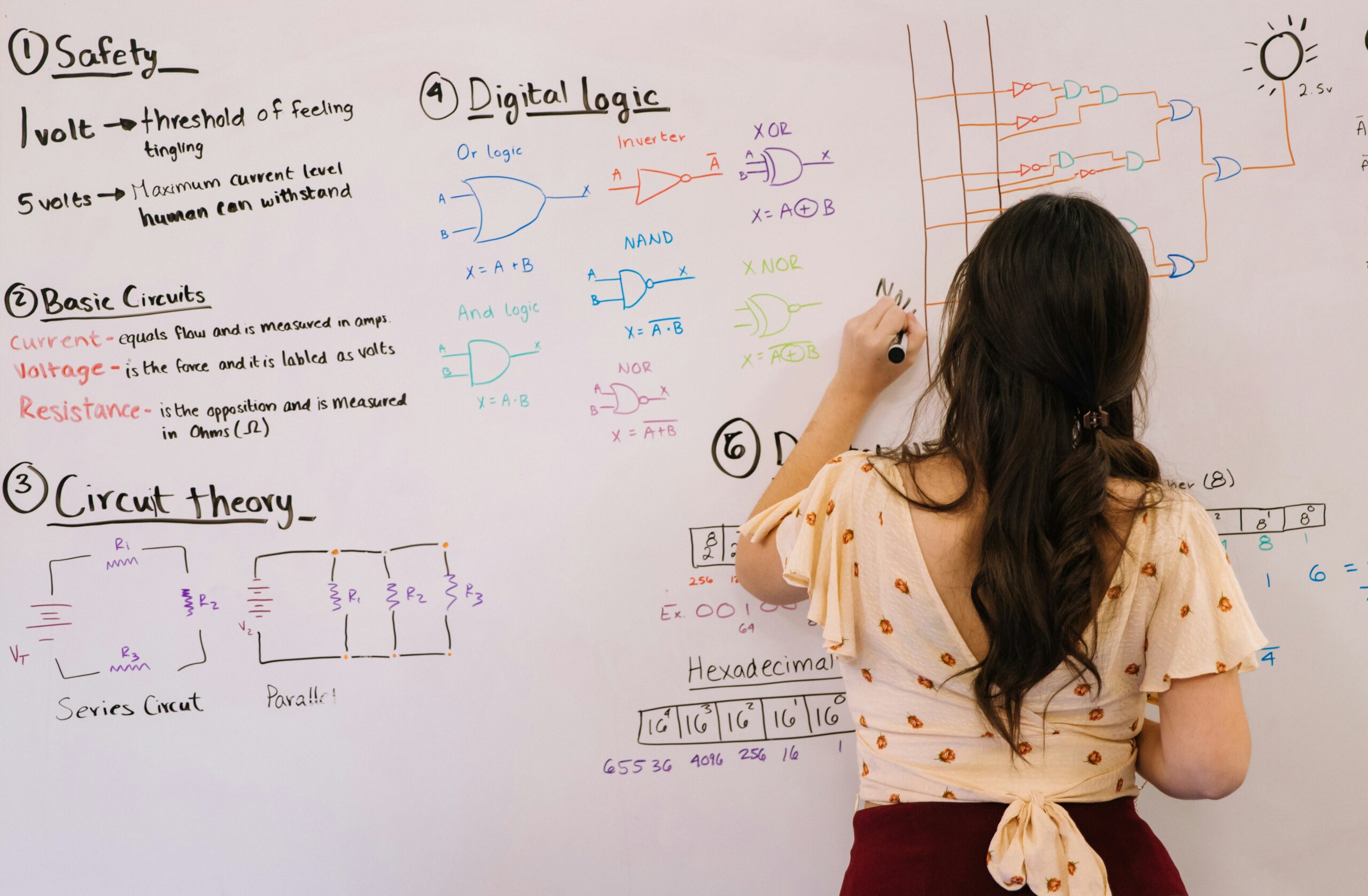
Statistics often feels distant to students when presented purely as formulas, charts, and theoretical models. While abstract reasoning is essential, it can leave learners disconnected from how data analysis influences everyday life. For many, the challenge lies in seeing the relevance of statistics outside the classroom.
By embedding real-world examples into instruction, educators can bridge this gap effectively. Whether analyzing sports performance, social media trends, or health data, using familiar contexts transforms statistics from intimidating concepts into practical tools. This shift not only enhances understanding but also encourages students to appreciate the power of data in decision-making.
Using Real Data to Spark Curiosity
One effective approach is to integrate authentic datasets into lessons. Instead of relying solely on textbook problems, teachers can encourage students to explore publicly available data on topics they already care about. For instance, environmental data on air quality or climate patterns can spark discussions about sustainability. Similarly, consumer behavior datasets can lead to insights into marketing strategies or product preferences.
When students see data connected to real issues, their motivation increases naturally. Moreover, handling imperfect and messy datasets helps them develop critical thinking skills. Unlike polished textbook problems, real data often requires judgment calls, teaching students that statistics is as much about reasoning as it is about calculation. This connection makes classroom learning more engaging and prepares learners for practical challenges in their future careers.
Storytelling Through Numbers
Numbers alone rarely capture attention, but when paired with narratives, they can drive powerful lessons. Educators can encourage students to craft stories from statistical findings, transforming raw results into meaningful insights. For example, rather than simply reporting that a survey found 65% of respondents prefer online shopping, students might frame it as part of a broader story about evolving consumer habits.
This storytelling approach helps learners grasp how data can influence opinions and policy. Additionally, presenting findings in a narrative format sharpens communication skills, a crucial competency in professional environments. As a result, students not only understand statistical tools better but also learn to convey insights in ways that resonate with diverse audiences.
Encouraging Hands-On Projects
Hands-on projects provide students with opportunities to apply their statistical knowledge in meaningful ways. These projects can be as simple as surveying peers about daily habits or as complex as analyzing government data on employment trends. Regardless of scope, the experience of designing questions, collecting responses, and analyzing results helps students internalize the statistical process.
Furthermore, group projects encourage collaboration, mirroring the teamwork often required in real workplaces. Students learn how to divide tasks, debate interpretations, and present findings collectively. This project-based approach turns theory into practice, giving learners a taste of how statisticians, analysts, and researchers work beyond academic walls.
Building Bridges to Professional Skills
Teaching statistics through a real-world lens also helps students build professional competencies. Skills like data visualization, software proficiency, and ethical interpretation are increasingly demanded across industries. By incorporating these elements into instruction, educators prepare students for careers in business, healthcare, social sciences, and beyond.
Importantly, grounding lessons in reality also helps learners understand the limitations of statistics. Misinterpretations, biased samples, and misleading visuals can all distort the truth. By addressing these challenges openly, educators train students to think critically and responsibly about data—a skill set crucial in today’s information-driven world.
Making Data Literacy a Life Skill
Bringing theory and practice together in statistics education does more than improve test scores; it cultivates data literacy as a life skill. In a society where decisions increasingly depend on evidence, helping students see the practical value of statistics empowers them to navigate a world flooded with information.
Ultimately, teaching statistics through a real-world lens transforms learning from memorization into empowerment. Students begin to see statistics not as abstract hurdles but as practical tools for solving problems, making informed decisions, and understanding the world around them.
A strategic approach to instruction—such as combining real datasets, storytelling, and hands-on projects—ensures that lessons remain both engaging and applicable. By connecting theory with practice in intentional ways, educators can shape confident, data-savvy individuals who are well-prepared to thrive in their careers and contribute meaningfully to society.